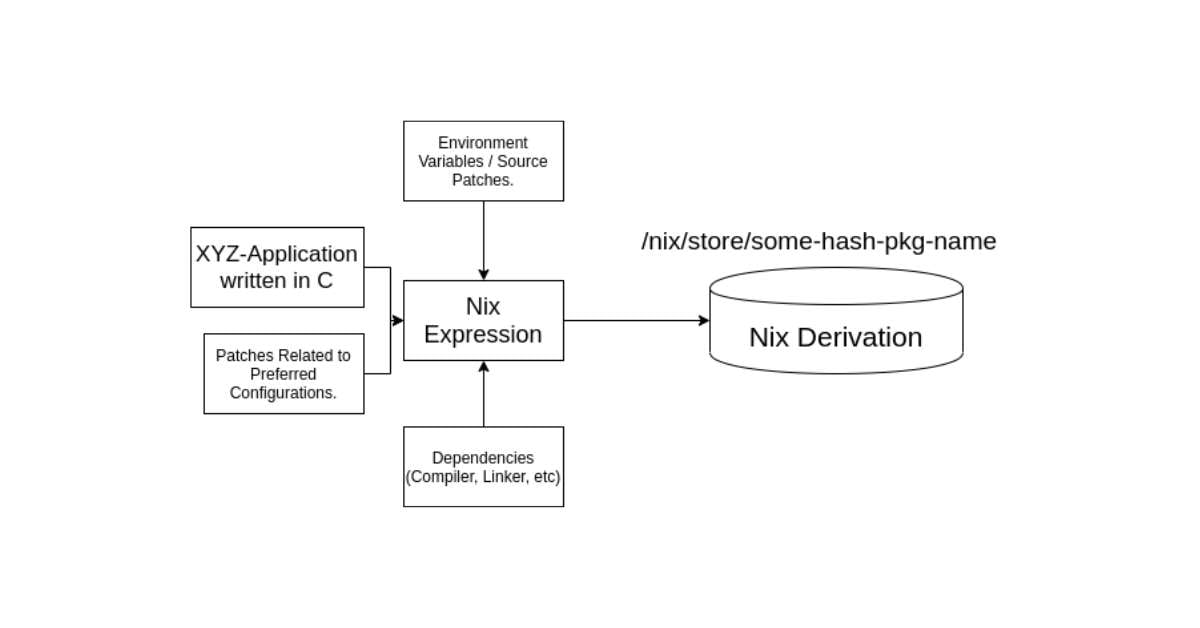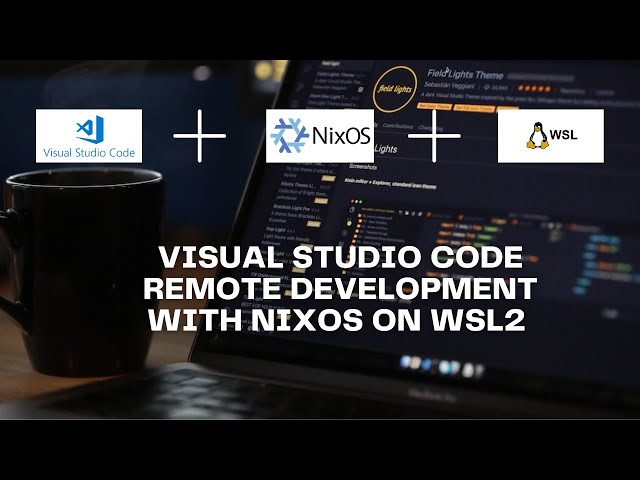Embracing the Nix Way: Unleashing the Power of NixOS
In the dynamic world of software development, adaptability is a vital trait that every developer should cultivate. As I delve into the ecosystem of NixOS, one truth consistently shines through: its potential to revolutionize how we approach package management and system configuration.
A visual representation of NixOS benefits.
The Magic of Immutable Infrastructure
The concept of immutable infrastructure isn’t just a buzzword; it’s a game-changer. In traditional setups, updates can often lead to inconsistencies and bugs that derail productivity. NixOS addresses this with its unique approach to managing configurations and packages. With Nix, you define your entire system within a single configuration file, opening doors to reproducibility and traceability that are challenging to achieve elsewhere.
I recall my own struggles with configuration drift in earlier projects. The feeling of dread as I deployed changes, uncertain about which dependencies might clash – it was exhausting. Transitioning to NixOS has utterly transformed my development workflow. All changes are atomic; I can roll back to a previous state seamlessly, making the deployment process much more secure and predictable.
Enhanced Collaboration with Nix
Another fascinating aspect of NixOS is how it enhances collaboration among teams. Working in sync often requires that every team member’s environment mirrors the production setup closely. Nix makes managing development environments straightforward and consistent. By sharing a configuration file, my teammates can replicate the same environment I’m working in with minimal effort. Gone are the days when my colleagues would spend hours resolving dependency issues that stemmed from environmental differences.
The Learning Curve: Worth the Effort
Some may express trepidation when confronted with NixOS’s unique syntax and concepts. I found the initial learning curve steep, yet every bit of effort invested was worth it. The community around NixOS is incredibly supportive, with resources ranging from official documentation to vibrant forums where newcomers are welcomed.
A depiction of learning resources for NixOS.
Once I grasped the basics, the ability to manage and deploy applications with precision became a superpower in my toolkit. For instance, with the Nix expression language, crafting package definitions felt almost like an art form. I now confidently write my own custom packages and modules, tailoring my development environment to suit specific project needs seamlessly.
Breaking Down Barriers with Flakes
With the introduction of Nix Flakes, the experience has become even more streamlined. Flakes provide a new way to manage dependencies and configurations, ensuring that your setups remain consistent across environments and teams. This particular feature has sparked my interest greatly. The versioning baked into the flakes system leads to fewer headaches when sharing codebases and configurations.
In a recent project, I utilized Flakes to ensure that our builds were consistent, regardless of who initiated them. This drastically reduced time spent on setup and troubleshooting, allowing my team to focus on delivering quality software instead of fixing infrastructure issues.
Future Directions: Where to Next?
As NixOS continues to mature, I find myself excited about the possibilities that lie ahead. The integration of features like the flake system showcases a commitment to innovative solutions that tackle long-standing issues in the realm of development and operations. The growing community and adoption rate signal a bright future. I can easily envision NixOS becoming a staple in developer workflows everywhere. It’s not just about using another tool; it’s about joining a movement toward more manageable and reliable software delivery.
In conclusion, the benefits of adopting NixOS are vast and transformative. For anyone looking to elevate their development practices, I wholeheartedly recommend diving into this robust ecosystem. The future is, indeed, immutable.
An artistic interpretation of the future possibilities with NixOS.


 Photo by
Photo by 











